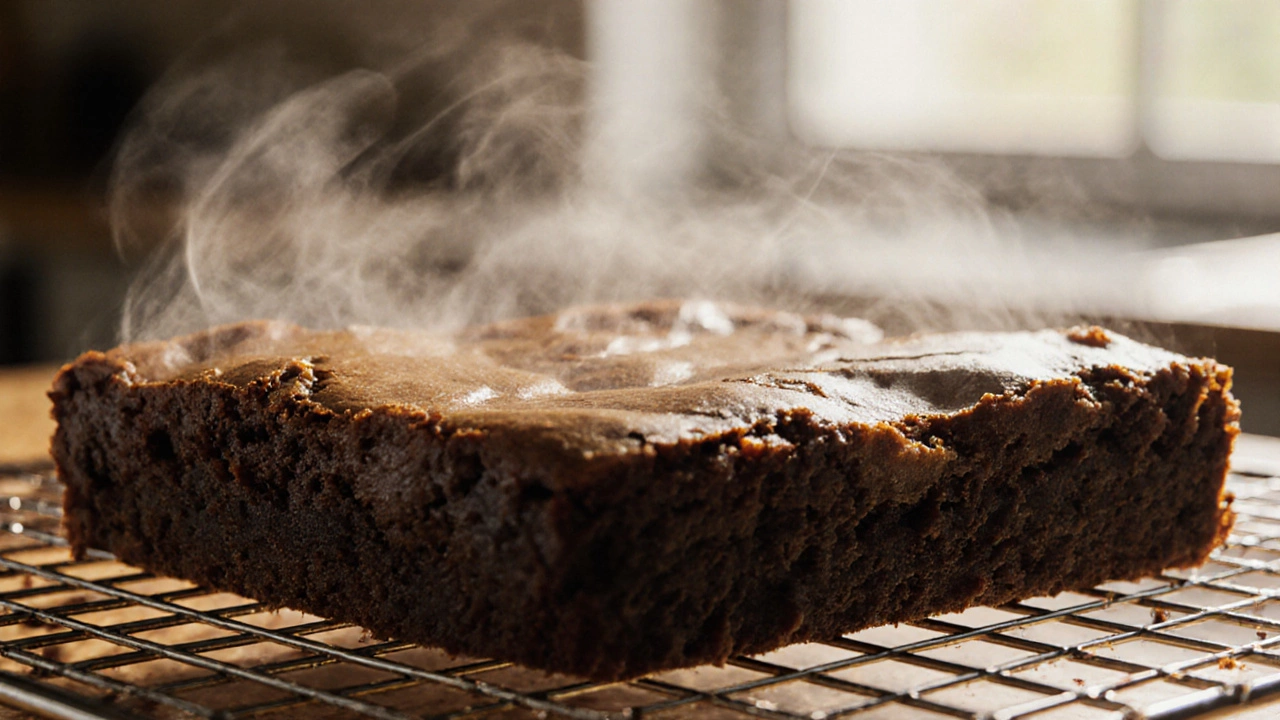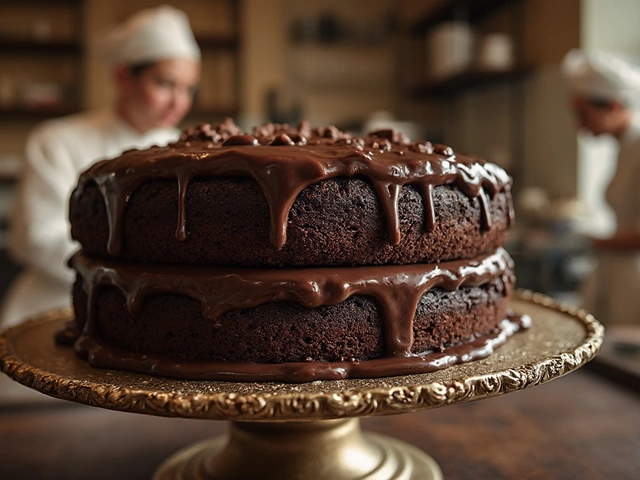Brownies Cooling Guide: How to Keep Your Treats Moist and Fluffy
When working with brownies cooling, the process of letting baked brownies rest before cutting or storing. Also known as post‑bake cooling, it determines the final crumb, moisture level, and how long the brownies stay fresh.
Why the Cool‑Down Phase Controls Texture and Shelf‑Life
Next up is brownie texture, the balance of fudgy interior and lightly crisp top that bakers aim for. The moment a brownie leaves the oven, steam inside the batter keeps the crumb soft. Brownies cooling lets that steam settle, so the crumb sets without drying out. Wire rack, a metal grid used to elevate baked goods for air circulation is the tool that enables even airflow, preventing the bottom from becoming soggy. In short, proper cooling influences texture, wire rack usage improves airflow, and balanced moisture preserves flavor. If you skip this step, you’ll see crumb that falls apart or a crust that cracks, both signs the brownies weren’t given enough time to set.
Another crucial piece is brownie storage, the method of keeping cooled brownies fresh, whether in a tin, a bag, or the fridge. Once the brownies have cooled to room temperature, they can be wrapped tightly to lock in moisture. Storing while still warm traps steam, leading to soggy tops; storing after a full cool‑down keeps the outer crust tender and the interior fudgy. The relationship is clear: cooling precedes storage, and proper storage extends shelf‑life. This is why many recipes advise a 20‑minute rest on a rack before covering.
Here are the practical steps you’ll want to follow: pull the pan out of the oven, place it on a wire rack for about 10‑15 minutes, then let the brownies sit in the pan for another 10 minutes to finish setting. If you need to cut them sooner, use a sharp knife dipped in hot water – the heat helps slice through the still‑soft crumb without squashing it. Once fully cooled, wrap the slab in parchment and foil, or store in an airtight container. For longer storage, refrigerate or freeze; just make sure the brownies are completely cool to avoid condensation.
Below you’ll find a curated collection of articles that dive deeper into each of these points – from the science of fudge temperatures that mirrors brownie cooling, to how to tell if brownies have gone bad, and even the history of who invented the brownie in the first place. Whether you’re a beginner looking for a reliable cooling routine or an experienced baker fine‑tuning texture, these posts give you the full picture. Let’s explore the details and get your brownies at their very best.

Can You Let Brownies Cool Overnight? The Truth About Texture and Safety
Learn if you can safely let brownies sit overnight, how it changes texture, and the best cooling methods to keep them perfect.
View More




